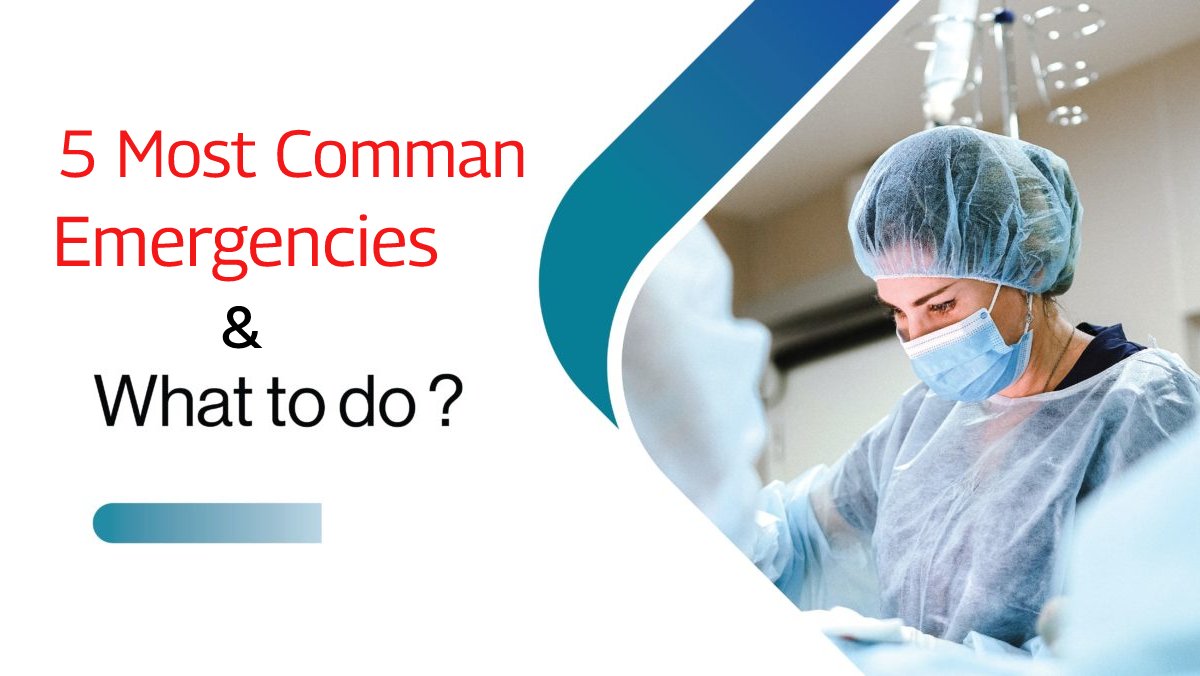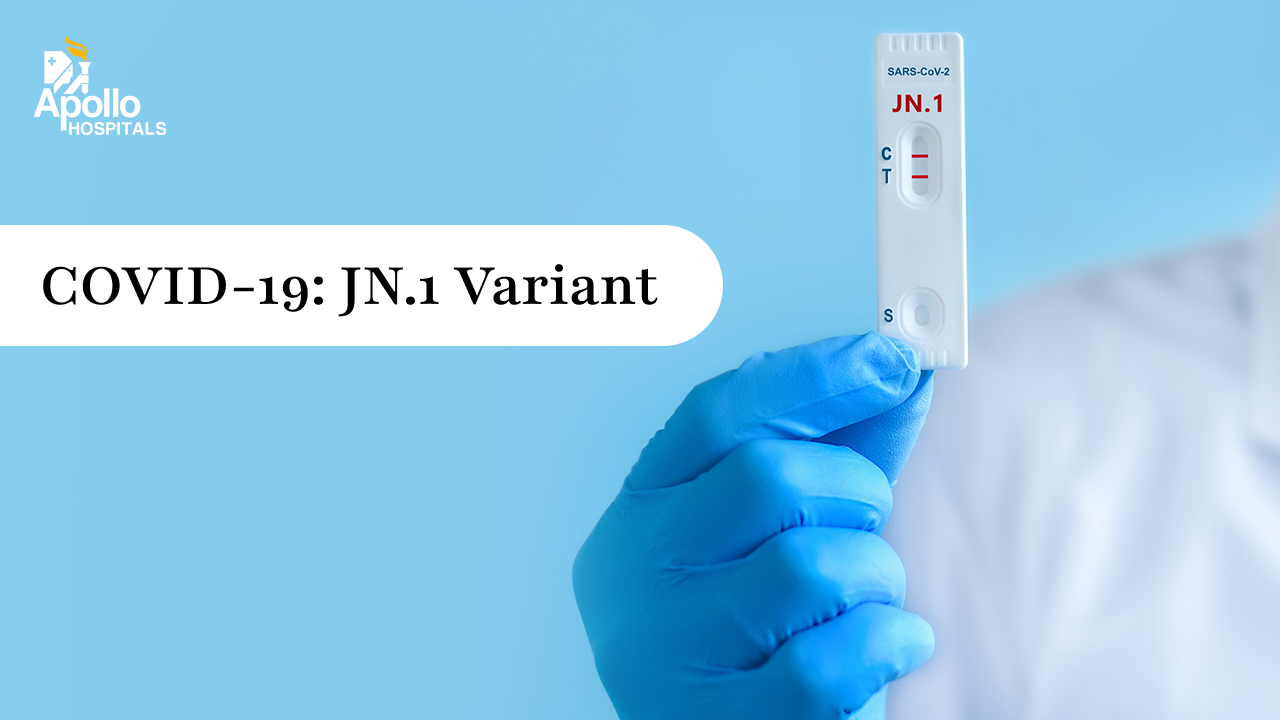Could not find what you are looking for?
Introduction: A Life Hanging by Minutes
In India, one of the biggest challenges during a medical emergency isn’t just getting to the hospital, it’s knowing whom to call first. In those critical early moments, many people lose precious time dialing multiple numbers; first a relative, then a local clinic, followed by the nearest hospital, or even a ride-hailing app, hoping someone will respond fast. Unfortunately, this delay in decision-making and lack of a single-point emergency contact often costs lives.
This isn’t a rare scenario. Across India, families face a tragic truth every day. Medical emergencies are not just about access to care, but also about how quickly that care reaches the patient. In cases of cardiac arrest, trauma, stroke, or severe allergic reactions, the first 60 minutes—the “Golden Hour”, can determine life or death. Delays in this window often mean irreversible damage.
According to the World Health Organization (WHO), nearly 5.8 million people die each year due to injuries, and a significant portion of these deaths occur in low- and middle-income countries due to delayed access to emergency services. In India, the lack of unified response systems, delayed triage, traffic congestion, and poor ambulance penetration only magnify this crisis.
Despite progress in hospital infrastructure and medical expertise, India’s emergency response system remains fragmented and inconsistent. Many parts of the country still lack centralized emergency numbers, reliable ambulance networks, or trained first responders. The result? Missed chances. Lost lives.
At Apollo Hospitals, we believe India doesn’t just need better emergency services, it needs a revolution. A shift in how we think about time, access, and coordination. That revolution begins with Apollo’s 1066 Emergency Helpline and our 5G-connected ambulances.
Redefining Emergency Care: The Apollo Difference
Imagine an ambulance that doesn’t just transport but treats the medical emergency . One where a cardiac patient receives life-saving medication enroute. Where real-time ECG reports are shared with a hospital even before arrival. This is no longer a futuristic concept. It’s happening today with Apollo’s 5G Ambulances, a bold new step in emergency response.
Apollo Hospitals has reimagined what an ambulance can do. Powered by ultra-low-latency 5G technology, these vehicles act as mobile ICUs, fully equipped with advanced diagnostic tools, trained EMTs, and real-time connectivity to Apollo’s emergency specialists.
These ambulances also integrate Artificial Intelligence to assist paramedics in preliminary triage by flagging critical vitals in real time. AI tools are being piloted to help identify high-risk patients faster, enabling quicker decisions even when a doctor isn’t on board. This combination of human expertise and machine intelligence is what makes Apollo’s model future-ready.
And the best part? It all connects to Apollo’s 1066 Emergency Helpline, a nationwide toll-free number that acts as the central hub for emergency response coordination.
This is a first-in-India model where a private healthcare institution has built a technology-driven emergency response ecosystem that is scalable, medically advanced, and centered around speed and precision. It’s not just a helpline. It’s a lifeline.
With the Apollo 5G Ambulance + 1066 helpline, patients are assured that the moment a call is made, a multi-disciplinary team springs into action. From dispatch logistics to remote physician oversight, from live data transmission to pre-hospital intervention, Apollo is compressing the Golden Hour into a tightly orchestrated system.
“Apollo Hospitals have been evangelists of connected ambulances and using these to reduce mortality and utilise the ‘Golden Hour’ to the benefit of patients. The criticality of the ‘Golden hour’ is well known. It can mean the difference between life and death for seriously ill or trauma patients in an emergency,” says Dr. Sangita Reddy, Joint MD, Apollo Hospitals.
How the 1066 Emergency System Works
The backbone of this revolution is Apollo’s 1066 Emergency Helpline, a centralized command center operating 24x7 across India.
Here’s what happens the moment someone dials 1066:
- Instant Response: Calls are answered within seconds by trained emergency coordinators.
- Tele-Triage: The coordinator quickly assesses the situation using a medically designed questionnaire and classifies the emergency.
- Live Dispatch: Using GPS, the closest available ambulance, including 5G-connected units, is dispatched immediately.
- Pre-Hospital Activation: Patient data is shared with the hospital ER, enabling doctors to prep ahead of arrival.
- Family Coordination: SMS alerts, ETA tracking, and real-time updates are shared with the caller/family.
The helpline is backed by dedicated emergency response units in each Apollo hospital. These units have been trained to respond to all kinds of emergencies, including mass casualty events, cardiac events, respiratory crises, pediatric seizures, and obstetric emergencies.
What sets it apart is not just the technology, but the integration across departments. ER specialists, ambulance staff, dispatchers, and technicians work in a closed-loop system that ensures every patient gets the right care at the right time.
It’s a seamless blend of clinical expertise, digital infrastructure, and operational discipline.
Inside the Apollo 5G Ambulance: A Technological First for India
Step inside an Apollo 5G Ambulance and you’ll find not just medical equipment, but an entire ecosystem designed for pre-hospital critical care.
Equipment Highlights:
- 5G-Enabled Video Conferencing: Enables direct communication between the paramedic and Apollo’s ER specialists.
- Live Monitoring Tools: Real-time ECG, SpO2, BP, glucometers, defibrillators, all connected to a central hospital dashboard.
- TeleICU Integration: Complex cases are monitored remotely by ICU doctors who can guide airway management, fluid resuscitation, or drug administration.
- GIS-Driven Routing: Live traffic and geographic data ensure ambulances take the fastest route.
- Onboard EMR: Electronic medical records are created in transit, reducing delays in diagnostics or treatment duplication on arrival.
In some cases, ambulances are also equipped with point-of-care ultrasonography (POCUS) and portable ventilators, making them fully capable of handling respiratory failure, trauma chest assessments, and shock evaluation.
Personnel:
Every Apollo ambulance is staffed with:
- A trained EMT, certified in ACLS, BLS, and trauma protocols
- A tele-linked ER physician, available to advise in real-time
- A logistics and dispatch team, tracking movement and coordinating with hospitals
Paramedics undergo continuous training and are subject to monthly skill audits, ensuring high competency levels and standardization across locations.
“Our tele ambulance service emerges as a beacon of progress, offering a solution to these challenges through timely assessment, real-time consultation with specialists, and prompt medical attention. By optimising pre-hospital care, we are not just responding to emergencies; we are proactively preventing complications and laying the groundwork for a seamless transition to comprehensive medical care,” says Mr Naveen Varigepalli, CEO of Apollo Hospitals, Greams road , Chennai .
The Apollo 5G ambulance is more than a vehicle, it’s a mobile command unit designed to stabilize, not just transport.
The Clinical Impact: Minutes That Make Miracles
In emergencies like heart attacks, strokes, trauma, or respiratory distress, minutes can drastically alter outcomes. When Apollo's 1066 helpline is activated and a 5G-connected ambulance is dispatched, treatment doesn't begin at the hospital; it starts on the move. Onboard EMTs conduct real-time assessments, such as ECGs for suspected heart attacks or oxygen saturation checks for respiratory cases. These are instantly shared with Apollo's emergency team via 5G, enabling doctors to interpret and respond before the patient even arrives.
Essential interventions like administering blood thinners, stabilizing airways, and starting IV fluids are carried out during transit. Simultaneously, Apollo's hospital ER teams prepare to receive the patient with full clinical context, reducing door-to-needle or door-to-balloon time significantly.
This streamlined workflow has led to extraordinary outcomes:
- Stroke: Door-to-needle times have decreased by 40%, improving neurological outcomes.
- Trauma: Road accident victims receive fluid resuscitation and airway support within minutes.
- Pediatrics: Children with seizures or allergic reactions are stabilized before reaching the hospital.
Statistically, Apollo’s emergency network has led to:
- Over 85% survival rate in cardiac emergencies when 1066 and 5G ambulances were used in combination.
- More than 12,000 patients stabilized in-transit in the last year alone.
- Average ambulance response time reduced to under 10 minutes in metropolitan areas.
These are not mere improvements. They are life-defining differences.
Apollo’s Scalable Vision for India
Apollo Hospitals doesn’t want this revolution to be limited to metros. The goal is clear: take advanced emergency response to every corner of India.
Future plans include:
- Expanding the 5G ambulance fleet to 100+ vehicles across tier-1 and tier-2 cities.
- Regional language support in the 1066 helpline to improve accessibility.
- Public-private partnerships to integrate 1066 into government healthcare and disaster management systems.
- AI-assisted triage for faster emergency identification and ambulance deployment.
- Training 1 million citizens in CPR and first-response skills under the “Save A Life” campaign.
- Establishing emergency response training academies to skill paramedics at scale across the country.
- Developing interoperable platforms to connect private hospitals, ambulance networks, and government helplines into one seamless grid.
“Emergency care must be intelligent, inclusive, and immediate. Our goal is to build a system where no Indian is left behind,” says Dr. Prathap C. Reddy, Chairman, Apollo Hospitals.
By scaling its emergency model, Apollo is not just offering services, it’s creating a national emergency grid that empowers patients, clinicians, and communities.
Conclusion: The Revolution Is Here. Will You Be Ready?
India is poised for an emergency care transformation. The question is no longer if but how fast we can scale what’s already working.
With the 1066 helpline, 5G-connected ambulances, and a growing network of trained first responders, Apollo Hospitals is leading the way.
Lives are being saved. Golden Hours are being utilized. And a nation is being rewired to respond smarter, faster, and better.
In a medical emergency, don’t wait. Don’t hesitate.
Call 1066.
Because that call could be the reason someone lives to see tomorrow.
Frequently Asked Questions (FAQs)
1. What is the 1066 emergency helpline?
1066 is Apollo Hospitals’ 24x7 nationwide emergency helpline that connects you instantly to their command center for ambulance dispatch and medical support.
2. Who can use the Apollo 5G ambulance service?
Anyone experiencing a medical emergency in serviceable areas can access Apollo’s 5G ambulance via 1066. It’s available to all, not just Apollo patients.
3. What types of emergencies can Apollo’s system handle?
Apollo’s 1066 network is equipped to manage cardiac arrest, stroke, trauma, respiratory distress, pediatric crises, and more, both in urban and semi-urban settings.
4. How does the 5G ambulance improve emergency care?
It enables real-time monitoring, live doctor consultations, and early treatment during transport, significantly reducing time to critical intervention.
5. Is there a cost involved in using 1066 or the ambulance?
Calling 1066 is free. Ambulance charges depend on the type and distance, but are transparently communicated. Many cases are covered by insurance or health schemes.







